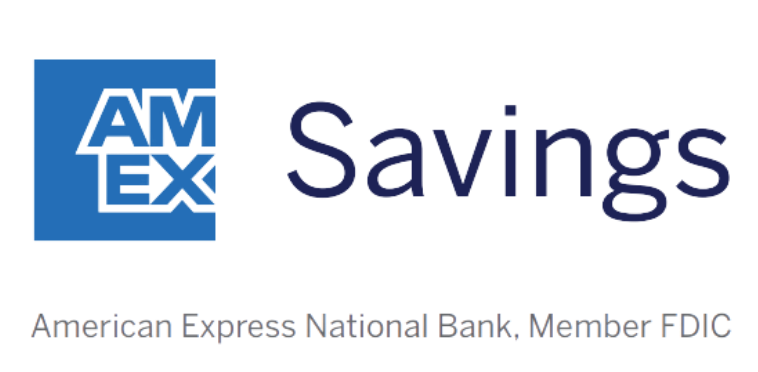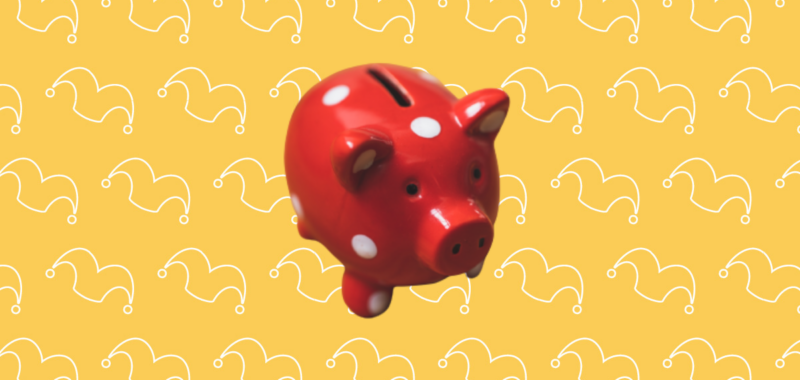The nice thing about savings accounts is that they serve as a safe place to park cash while giving you complete flexibility with your money. Want to take a $500 withdrawal on a whim to pay for a weekend getaway? You don’t have to worry about a penalty, which may come into play if you remove funds from a CD before it matures.
Of course, you may not earn as much money in a savings account as what a CD pays you. But the ability to take your money out at any point may be worth the lower interest rate.
And if you shop around for a great high-yield savings account, your APY may be comparable to what a CD pays you. Click here for a list of the best savings accounts and rates available today.
But that said, it’s important to know how much money to put into your savings account. Here’s how to figure it out.
Our Picks for the Best High-Yield Savings Accounts of 2024
|
Capital One 360 Performance Savings 
APY 4.00%
Rate info
Member FDIC.
|
APY 4.00%
Rate info |
Min. to earn $0 |
|
American Express® High Yield Savings 
APY 4.00%
Rate info
Member FDIC.
|
APY 4.00%
Rate info |
Min. to earn $0 |
|
CIT Platinum Savings 
APY 4.70% APY for balances of $5,000 or more
Rate info Min. to earn $100 to open account, $5,000 for max APY
Member FDIC.
|
APY 4.70% APY for balances of $5,000 or more
Rate info |
Min. to earn $100 to open account, $5,000 for max APY |
Calculate your emergency fund needs
Your savings account is the best place to keep your emergency fund — money earmarked for unplanned expenses or a period of unemployment (which could unfortunately happen to anyone). Financial experts generally recommend having an emergency fund with enough money to cover three to six months of essential expenses.
Whether you opt to target the low end of that range or the high end should depend on your personal situation, such as whether you’re the only income-earner in your household, whether you have dependents, and so forth. And you may even decide to go beyond the six-month recommendation, which makes sense if, for example, you have a very unique job that would be hard to replace in a layoff.
But once you figure out how many months’ worth of expenses you want available for emergency fund purposes, look through your monthly bills to figure out what your essentials come to. If you commonly spend $3,000 a month on rent, utilities, transportation, and food, and you decide on a six-month emergency fund, it means you should aim for $18,000 in your savings account.
See if you have near-term financial goals on your radar
You may have money you’re setting aside for specific goals, like upgrading to a new car. Money you expect to need within a few years can also sit in a savings account. In some cases, you may be OK to put it into a CD, too, if you’re certain of your time frame.
But a savings account is an even safer option in case you wind up needing your money sooner than expected. That way, you don’t risk an early withdrawal penalty.
Don’t go overboard with your savings account
It’s not a good thing to have too little money in your savings account. But it’s actually not a great thing to have too much money, either.
While savings accounts still pay pretty generously these days, rates could fall in the coming months as the Federal Reserve cuts interest rates. And even if that somehow doesn’t happen, over the past 50 years, the S&P 500’s average annual return has been 10%, accounting for periods when stocks did well and periods when they tanked. So even if you keep getting around 4% from your savings account over time, that return might pale in comparison to what a stock portfolio pays you.
Let’s say you keep an extra $5,000 in your savings account beyond what you need for emergency expenses and near-term goals. At 4% a year, you’re looking at growing that sum to about $11,000 over the next 20 years.
But at an annual 10% return, you’re looking at about $33,600. That’s a difference of over $22,000. If your savings account is overfunded, consider opening a brokerage account and start investing as soon as possible.
Savings accounts offer the benefit of flexibility without taking on the same risks you do with a stock portfolio (though to be clear, investing over a long period can help lower the risk of losing money). But it’s important to get your balance just right. That means you don’t want it to be so low that you’re not properly protected against emergencies. But you also don’t want to keep too much extra money in there, since that could mean losing out on much higher returns in the long run.

